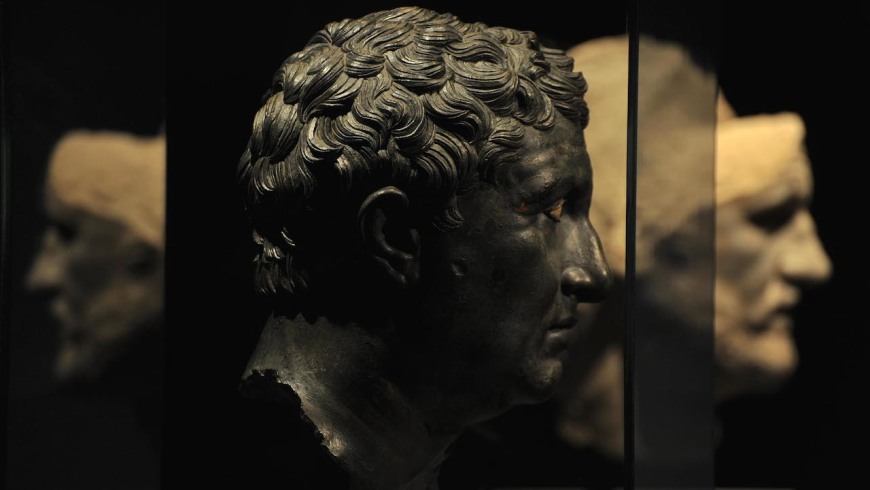
It took the collaboration between the two museums of the caliber of the J. Paul Getty Museum in Los Angeles and the National Gallery of Art in Washington, and the Archaeological Superintendence of Tuscany to realize POWER AND PATHOS, BRONZES OF THE HELLENISTIC WORLD, the impressive exhibition at the Palazzo Strozzi in Florence.
The stars of the event are fifty pieces of excellence, from museums in Madrid, London, Naples, New York, Athens, Vienna, Thessaloniki, Florence, Chieti and the Vatican Museums, almost all in bronze, that illustrate the artistic epoch of Hellenism the first of character, for the times, global, staged in the halls of “Strozzi” by Luigi Cupellini for Jens Daehner’s and Kenneth Lapatin’s curation.
In the cosmopolitan atmosphere of Alexander Magnus (in power from 336 to 323 BC) the styles conform to the dictates of classicism, but are no longer the myths of the democratic polis to be celebrated as the personality of the monarch and the pageantry of the court. The casting technique progresses and matures and bronze becomes more valuable than silver and shines, before the coating, more than gold.
The large well-known sculpture of the Arringatore, which opens the exposition, is in bronze, as are the Apoximenos (the athlete with the strigil) and the Apollo of Piombino from the Louvre and the Apollo Kouros from Pompeii of Ephesus; only a few works are in stone, like the portrait of the bearded man from the Getty Museum in Malibù.
Many of the masterpieces bring highlight also to the places where they were found. Many in the sea. The small Hercules Curino, undated copy of a work by Lysippos of the IV century, was, instead, found in Sulmona, in Abruzzo, during the excavations in 1959 while investigating the so-called Villa d’Ovidio (Ovid’s villa) that brought to light, instead, a shrine temple of considerable size.
The Hellenistic period, according to the art historians, officially closes with the death of Augustus in 14 AD, the exhibition remains open instead in Florence until June 21st 2015, before moving to Los Angeles (July 28th • 1st November) and then to Washington (December 6th • March 20th, 2016).